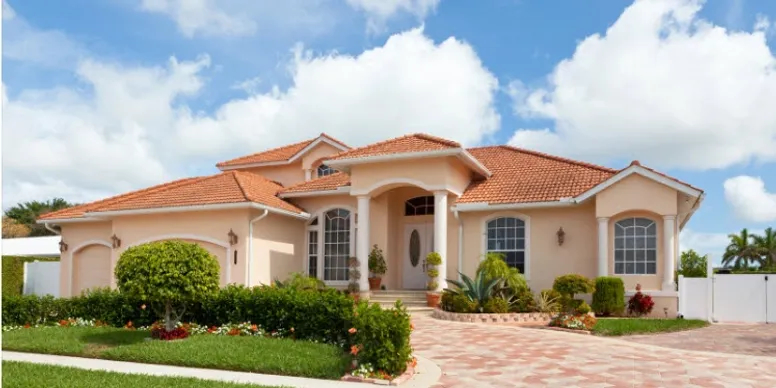Residential Care Homes,
A Senior Housing Phenomenon
Residential Assisted Living Homes 101
Based on research from the U.S. Department of Health and Human Services, an estimated 70% of people over age 65 will require some form of long-term care during their lifetime. Fidelity reports that a 65-year-old couple retiring in 2019 could expect to spend $285,000 on long-term care costs during retirement.
A Residential Assisted Living Home (RAL), sometimes called a Residential Care Home, is a home licensed by the state to provide non-medical care to seniors in a residential neighborhood. It typically provides a higher level of care than a traditional large assisted living facility, but a lower level of care than a traditional nursing home setting.
Having fewer residents, a Residential Care Home has higher staff to resident ratios and can provide care on a much more personalized level, and at a lower cost point than a large assisted living center.
Senior Housing options may differ in services offered from state to state. Some homes may provide a higher level of care while others focus on the basics. Depending on your state, a Residential Assisted Living Home can care for 4 to 16 or more residents. Most Residential Assisted Living homes offer private and semi-private rooms and are predominantly private pay facilities. Many will accept long term care insurance and the Veteran’s Aid and Attendance program.
Are Residential Care Homes In Demand?
With over 10,000 seniors turning 65 and 4,000 seniors turning 80 per day in America, there is a current and growing need for residential assisted living homes. Residential assisted living homes vastly outnumber the larger assisted living facilities in many cities and states.
What Kind Of Assistance Is Offered In Residential Care Homes?
Who Provides The Care In Residential Assisted Living Homes?
The care in your home is overseen by a licensed or certified Administrator / Manager. That manager would hire a staff of caregivers to perform hands-on care to the resident.
Residential care homes provide caregivers around the clock, seven days a week. Depending on the care needs of your residents, Majestic Residences usually hires 1 caregiver to 5 residents. A typical home would have 1 to 2 caregivers during the day and evening and one caregiver overnight.
How Long Does The Average Resident Stay In These Homes?
How Do Franchisees Find Residents For The Home?
Can A Franchisee Make A Good Living Doing This?
According to Genworth Long Term Care Insurance company, the nationwide average cost of a Residential Assisted Living Care Home is approximately $4,000.00 per resident per month. However, depending on the number of beds you can be licensed for, your occupancy, the location of your home, and your resident’s level of care, individual monthly fees can range from $3,000.00 to $10,000.00 or more per resident per month. Due to all of our service offerings, Majestic Residences homes tend to charge $500 to $1,000 more per month, per resident than other residential care homes around them.
What Should We Learn About Next?

Residential Assisted Living
The residential assisted living industry has been around for over three decades, but it's relatively new in some areas of the country.

Franchising
Franchising is can help you get started quicker, make fewer mistakes and take advantage of a great Brand.

Our Founders & Team
There's no better team of experts to help you reach your goals. Majestic Residences has what can be called "All-Stars" in the industry.

Our Unique Franchise Paths
No matter where you are in your business journey, we have a franchise path for you.

Our Franchise Support System
One of the most important determinants of your success is our support.

Our Current Locations
Our goal is 300 to 400 franchise partners across the country. See where we are now.
